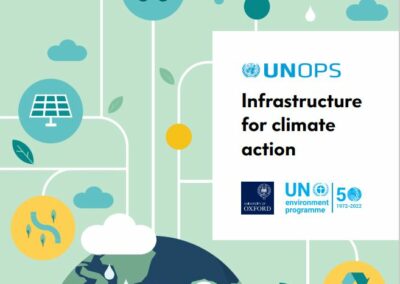Abstract
National infrastructure networks play a critical role in modern societies by facilitating the distribution of goods and services across spatial extents across a range of scales. Understanding the spatial characteristics and interactions of these infrastructures is crucial for building long-term growth strategies and for appropriate risk and resilience planning. While individual infrastructure systems are suitably modeled and managed by operators there are very few efforts on building interdependence among different infrastructures. This research presents key methods for building interdependent infrastructure network models for national-scale energy, transport, water, waste and ICT systems and for exploring the demand placed on these networks by customers from multiple sectors.
The methods developed can be broadly characterized as follows: (i) The collection of spatial and topological information to build individual infrastructure sector network models. (ii) The assignment of physical dependencies between individual assets based on known dependency relationships and spatial proximity measures. (iii) The assignment of customers to individual sector model assets using either known usage statistics or estimated values derived using geographically bounded population data and a capacity-constrained network resource-allocation model. (iv) The assignment of interdependent customers to individual assets using previously identified dependency relationships (from step 2) and customer resource flow pathways (from step 3).
We provide a detailed spatial analysis of Great Britain’s national infrastructure that highlights the critical role of electricity in supporting infrastructure assets from multiple sectors. Figure 1 (a) provides a spatial representation of Great Britain’s integrated electricity network (generation, transmission and distribution node assets) with nodes scaled based on the number of electricity customers reliant on that asset. Customers indirectly reliant on these assets are shown in (b), (c), (d), (e), (f), (g) for the sewage treatment, telecom mast, water towers, railway, airport and port sectors respectively. Such a representation highlights the distribution of directly and indirectly connected customers providing a platform to evaluate the spatial transference of risk within and between sectors.
Building interdependent infrastructure networks and customer assignment models for understanding spatial demands (pdf, 7.6 MB). The future of national infrastructure systems & economic prosperity conference, Cambridge, UK, March 27–8, 2014.
Authors
Thacker, S. Pant, R. Hall, J.W., Barr, S. and Alderson, S.


